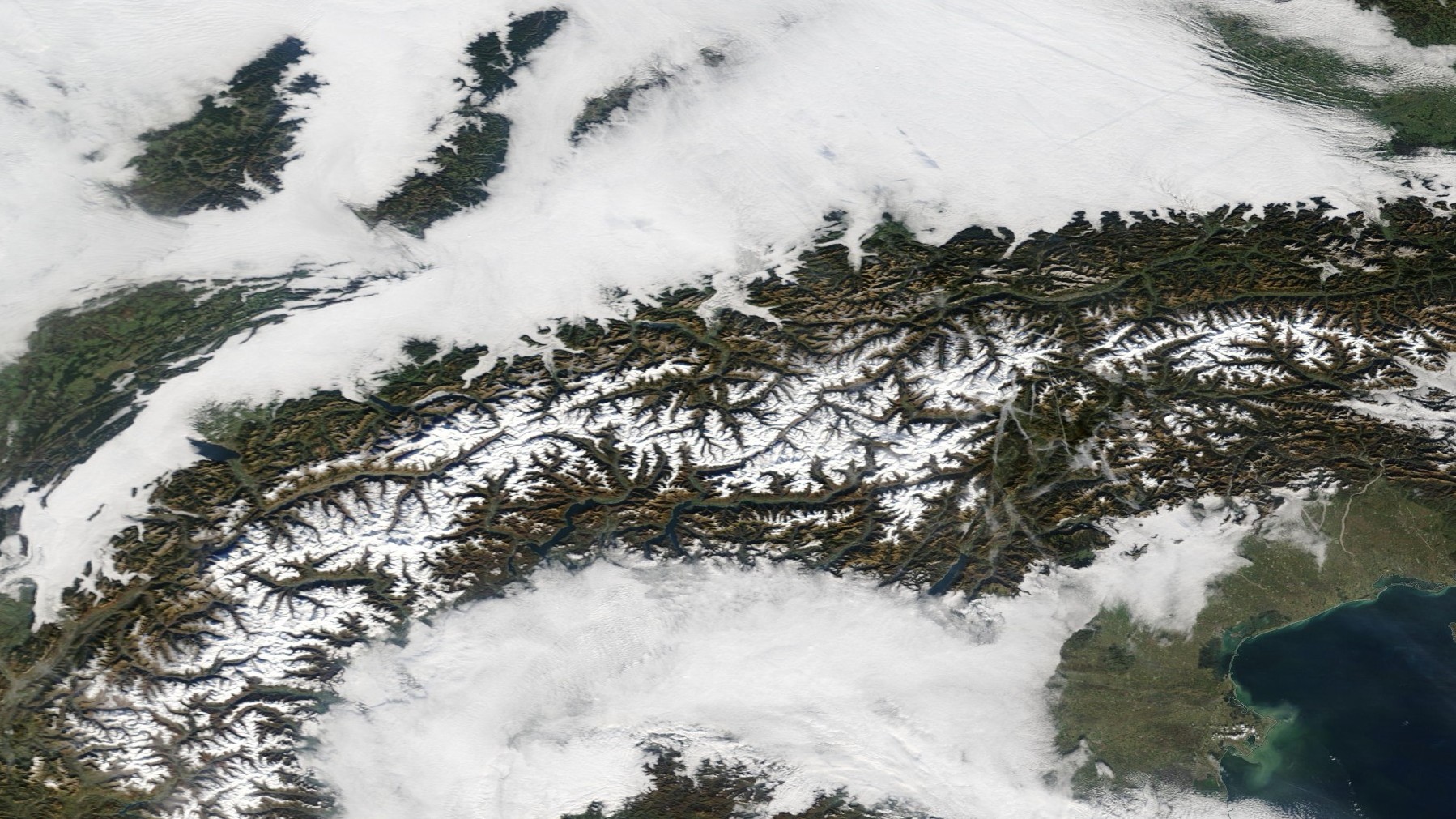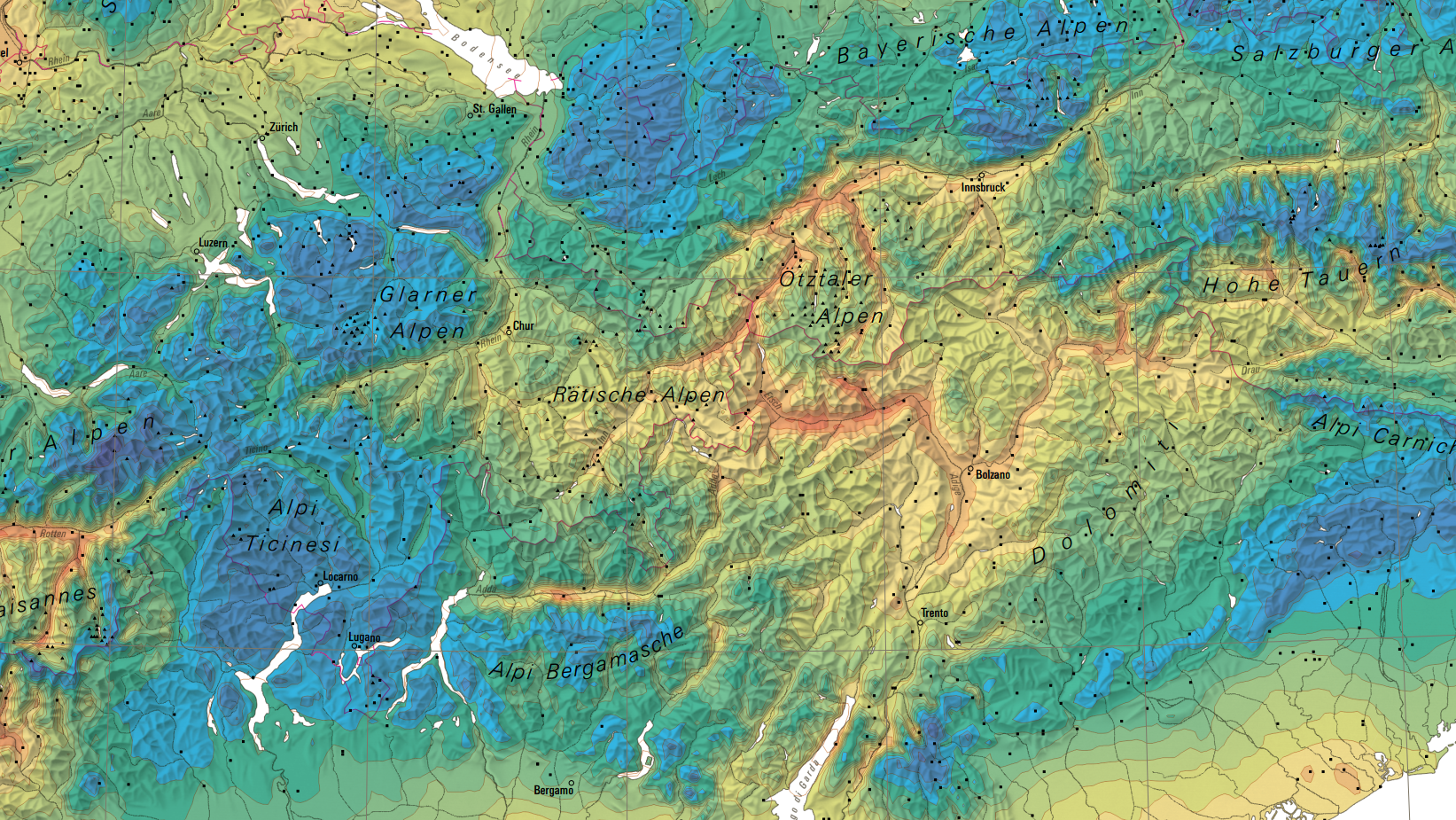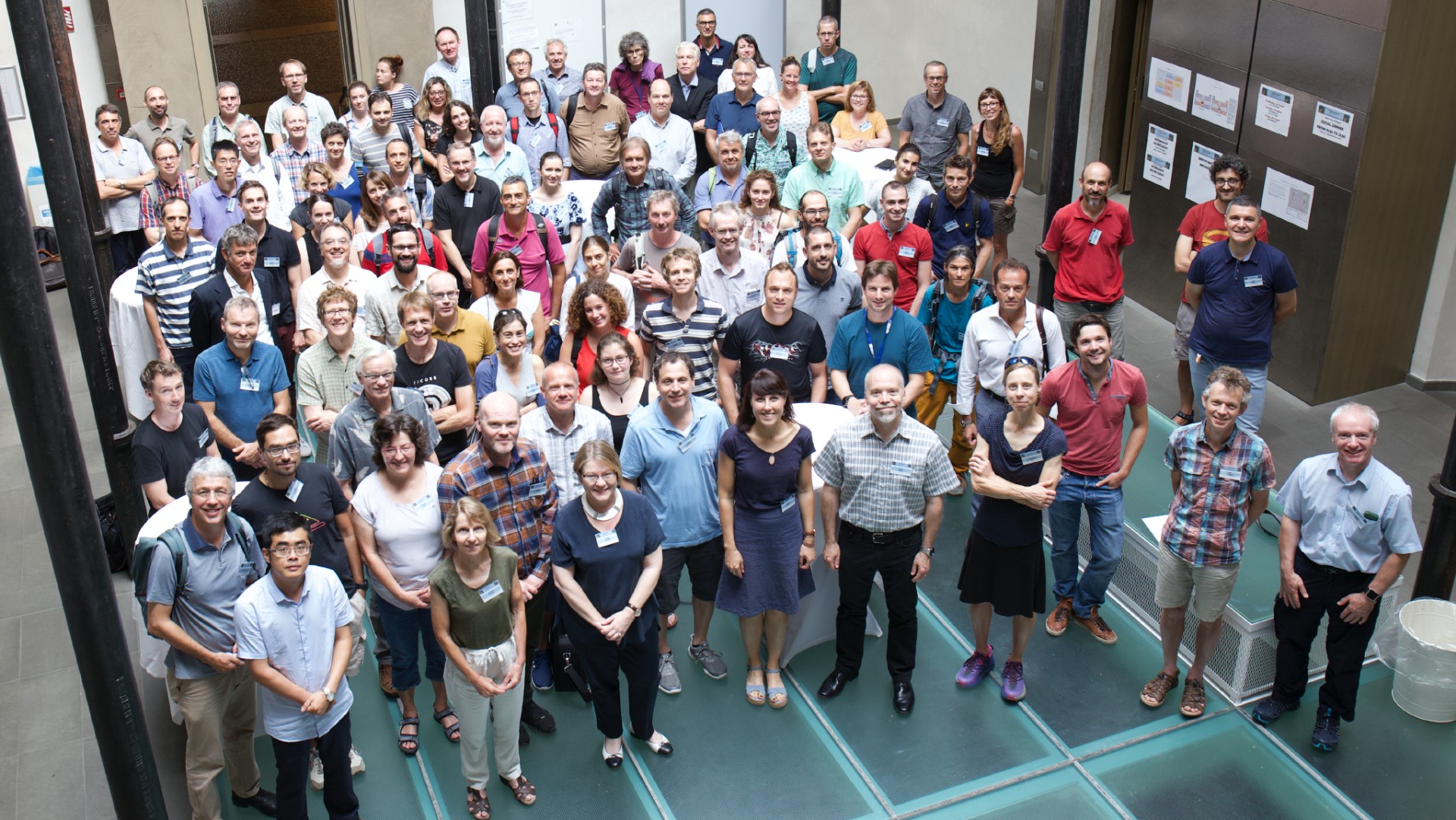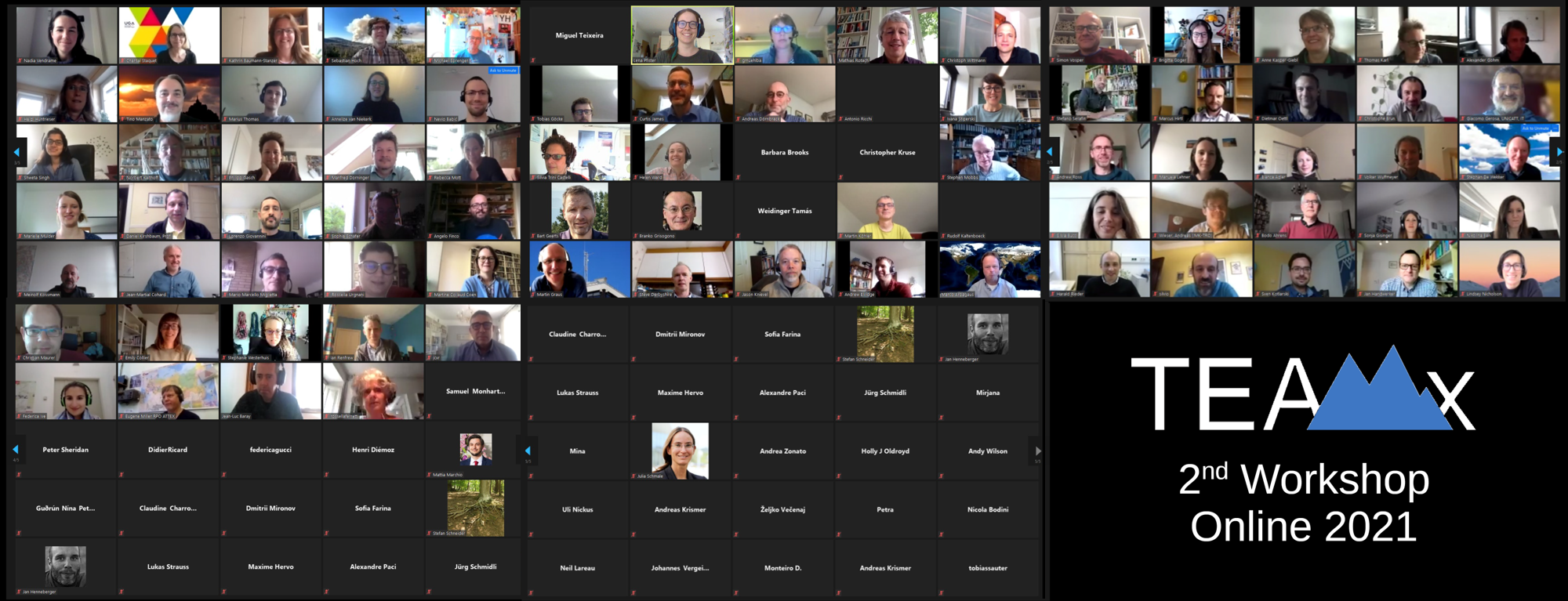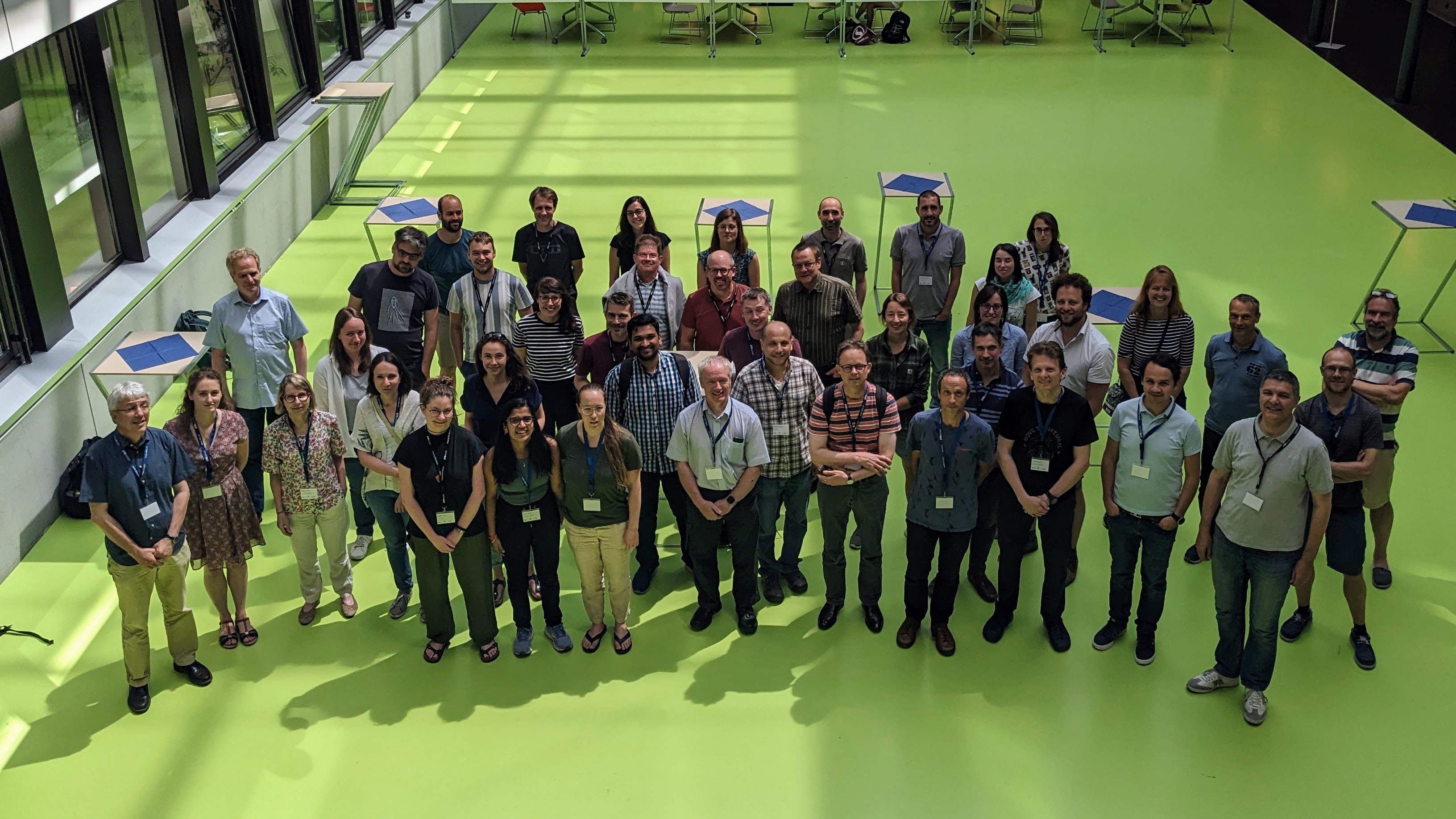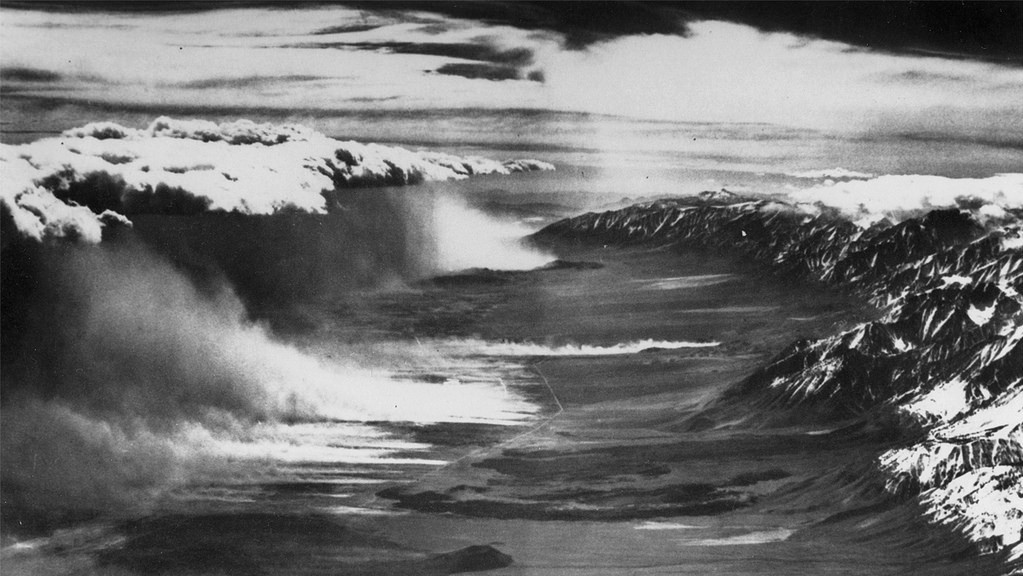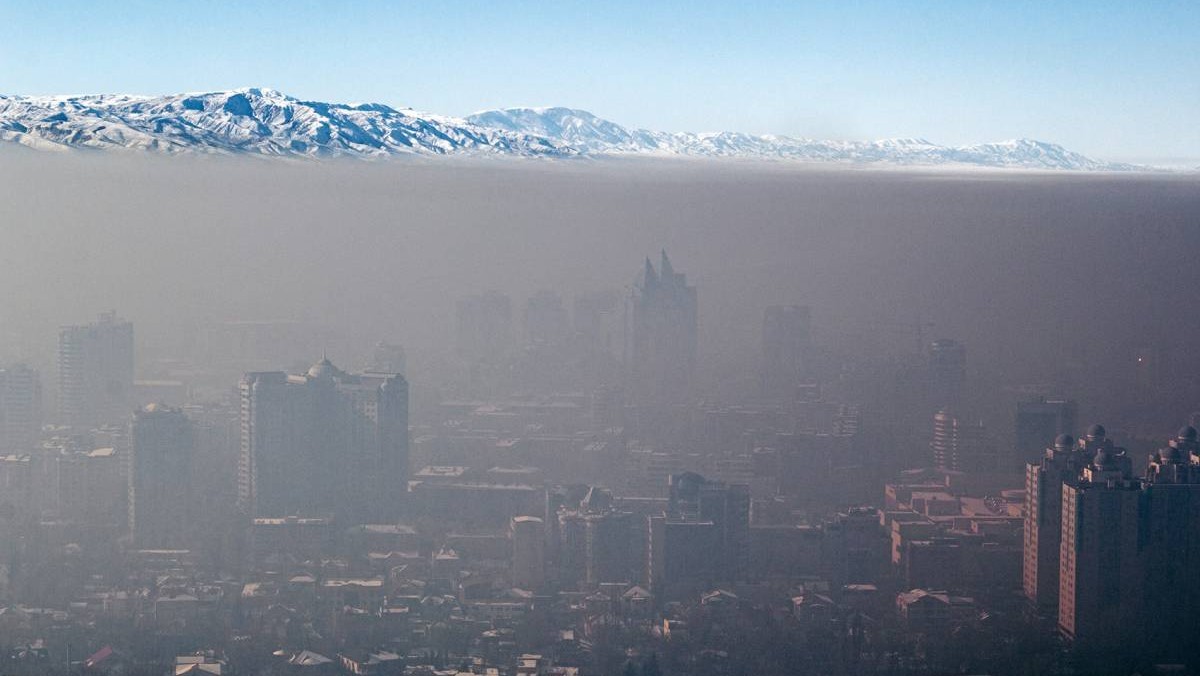What is TEAMx?
History
Every few decades the mountain meteorology community gets involved in large-scale international research programmes that culminate in a field campaign. Notable examples include ALPEX (Alpine Experiment, 1981-1982), PYREX (Pyrénées Experiment, 1990) and MAP (Mesoscale Alpine Programme, 1999). These programmes allowed to investigate atmospheric phenomena of progressively smaller scale, from lee cyclogenesis (ALPEX), to gravity wave drag (PYREX), potential vorticity streamers and gap flows (MAP). Preparations for TEAMx started with an informal meeting at the 33rd International Conference on Alpine Meteorology (2015).
Why a coordinated international programme?
Technological and scientific progress in the last decades made it possible to accurately observe processes at local scales, such as those that are responsible for earth-atmosphere exchange: the transfer of heat, momentum and mass between the ground, the planetary boundary layer, and the free atmosphere. In addition, advances in supercomputing made the high-resolution numerical simulation of these processes technically feasible.
Still, the interaction of the atmospheric flow with mountainous terrain remains one of the major sources of uncertainty in Earth-system modelling. Weather forecasts, be it for mountain-related extreme events or applications in air pollution, hydrology, energy meteorology, health or agricultural meteorology, remain very challenging over mountainous terrain.
In addition, mountains are a hot spot of climate change. A few of the most striking climate change impacts, like glacier melt or increased occurrence of flash floods, are directly tied to mountainous terrain. The limited horizontal resolution of climate models prevents them from accurately modelling a range of orography-dependent weather processes, ultimately causing climate change scenarios to be highly uncertain over mountains.
TEAMx is…
- …an international research programme that aims at improving our understanding of exchange processes in the atmosphere over mountains and at evaluating how well these are represented in NWP and climate models.
- …a bottom-up initiative by a number of research institutions and operational centres, supported by a coordination office at the University of Innsbruck and based on national, bi-national and multi-national research projects.
- …internationally integrated through a Memorandum of Understanding between interested parties.
Scientific material
Scientific challenges related to TEAMx have been summarized in a series of peer-review articles published by Atmosphere in a special issue on Atmospheric Processes over Complex Terrain.
A journal article in Bulletin of the American Meteorological Society outlines the motivation behind TEAMx.
The TEAMx concept is concisely presented in an executive summary, while a detailed description of the scientific objectives of the programme is given in its white paper.
Endorsements
TEAMx is endorsed by the World Weather Research Programme (WWRP), as an Endorsed Project, and the World Climate Research Programme (WCRP), as a Crosscutting project within the Global Energy and Water Exchanges (GEWEX) Hydroclimatology Panel (GHP).
|
|
|

